There’s a different wave of 5G coming and AT&T is already riding it
No flashy speeds, but a big step for smart gadgets everywhere.

While AT&T is preparing to shut down a service that could leave some vulnerable users disconnected, the carrier is also moving forward in a big way when it comes to expanding connectivity.
AT&T just hit a pretty huge milestone in the 5G space – and no, it’s not about lightning-fast speeds or fancy flagship phones. The carrier now has nationwide coverage for 5G RedCap, and it already reaches over 200 million Points of Presence (POPs) across the US.
So, what is RedCap? It’s basically a low-bandwidth version of 5G – also known as NR-Light – made specifically for IoT devices, wearables, sensors and other gadgets that don’t need ultra-high bandwidth but do need solid, always-on connectivity. Think smartwatches, XR glasses, fitness bands, surveillance gear – all the stuff that can benefit from a cellular connection but doesn’t need full-blown 5G.
Because it’s lighter, RedCap means lower power usage, fewer antennas and cheaper hardware. That opens the door for more affordable and longer-lasting cellular-connected devices, whether it’s healthcare gear, logistics trackers, industrial sensors, fleet management tools, wearables or smart gadgets. You name it.
AT&T’s nationwide RedCap network comes just two years after the company made its first RedCap data call over a live 5G Standalone network. Now, it’s working with partners like Semtech, Telit Cinterion, and Rhino Mobility to certify new RedCap modules and expand the ecosystem.
AT&T also just certified the Franklin Wireless RG350, which becomes the first commercially approved 5G RedCap device for its network.
It is a mobile hotspot powered by the Qualcomm Snapdragon X35 5G Modem-RF System, designed to deliver the simplicity and efficiency of RedCap in a compact, travel-friendly package. Whether you are remote working, traveling or just need a solid backup connection, this could be a handy option.
And honestly? That might be more impactful in the long run than another round of speed bumps on our phones. With RedCap, we are talking about bringing smart connectivity to everything from hospital beds to factory floors – and that’s when 5G starts to feel really useful.
AT&T just hit a pretty huge milestone in the 5G space – and no, it’s not about lightning-fast speeds or fancy flagship phones. The carrier now has nationwide coverage for 5G RedCap, and it already reaches over 200 million Points of Presence (POPs) across the US.
AT&T’s nationwide RedCap network comes just two years after the company made its first RedCap data call over a live 5G Standalone network. Now, it’s working with partners like Semtech, Telit Cinterion, and Rhino Mobility to certify new RedCap modules and expand the ecosystem.
AT&T also just certified the Franklin Wireless RG350, which becomes the first commercially approved 5G RedCap device for its network.
As we continue expanding the 5G RedCap network and ecosystem, customers can anticipate a growing portfolio of devices. This momentum will drive IoT innovation, transforming how businesses and consumers connect, operate, and innovate with 5G technology.
– Jason Sikes, VP Device Technology, AT&T, July 2025
If that chip name sounds familiar, it's because T-Mobile also launched a RedCap-powered device using the same Snapdragon X35 modem last year. So yeah, the race is on. Between AT&T, T-Mobile, and Verizon (who’s also deep in managed IoT services), the major carriers are clearly betting big on RedCap to power the next generation of connected devices.
And honestly? That might be more impactful in the long run than another round of speed bumps on our phones. With RedCap, we are talking about bringing smart connectivity to everything from hospital beds to factory floors – and that’s when 5G starts to feel really useful.
Follow us on Google News


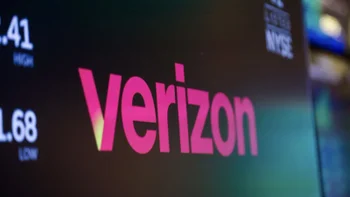

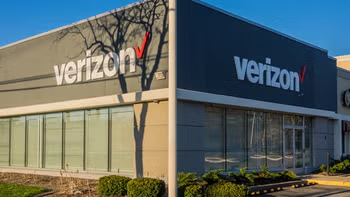



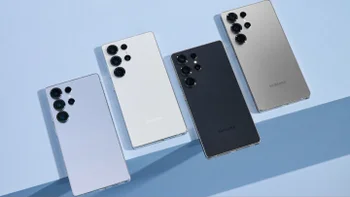

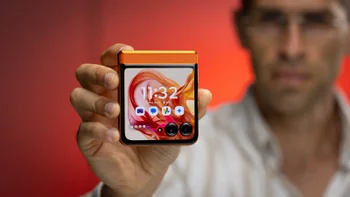

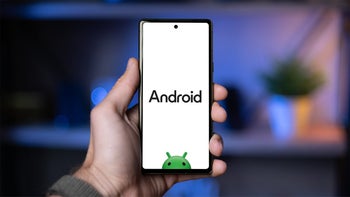
Things that are NOT allowed:
To help keep our community safe and free from spam, we apply temporary limits to newly created accounts: